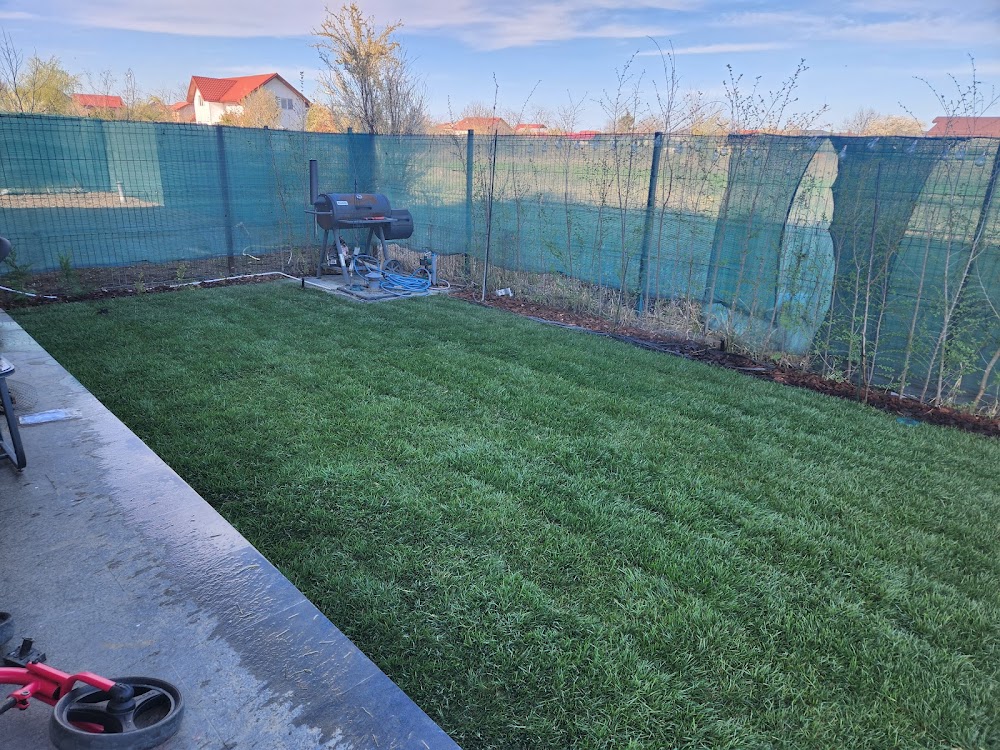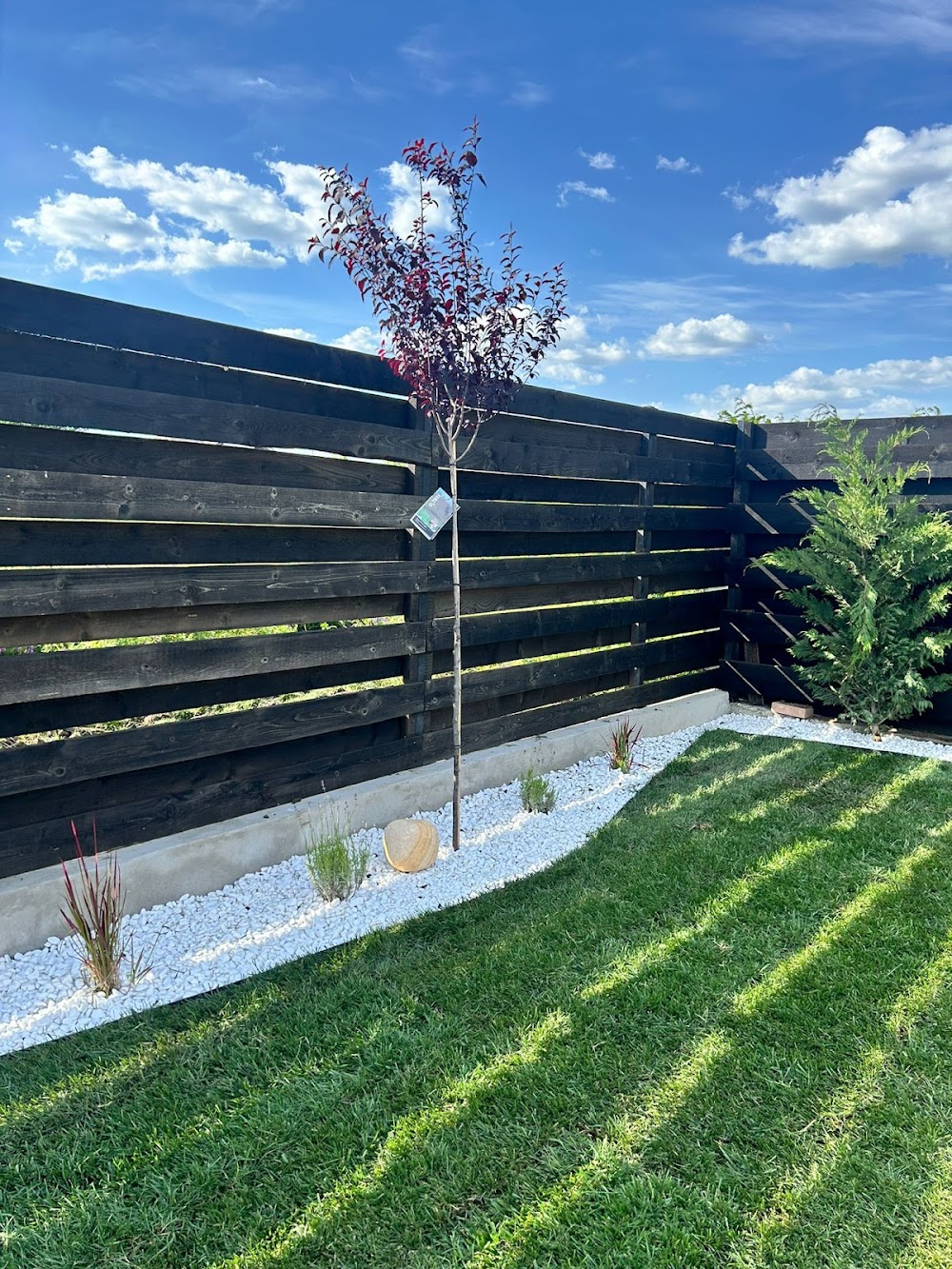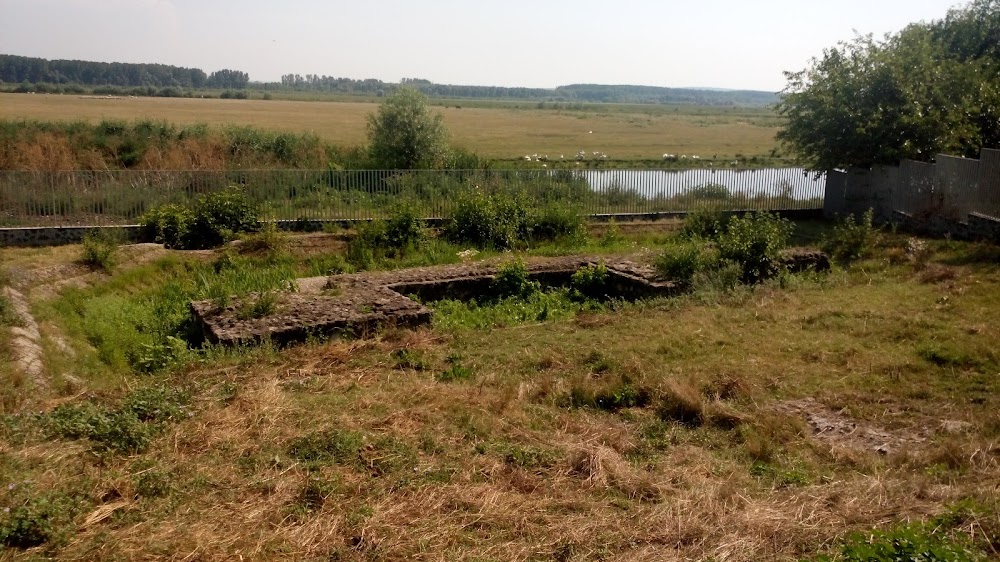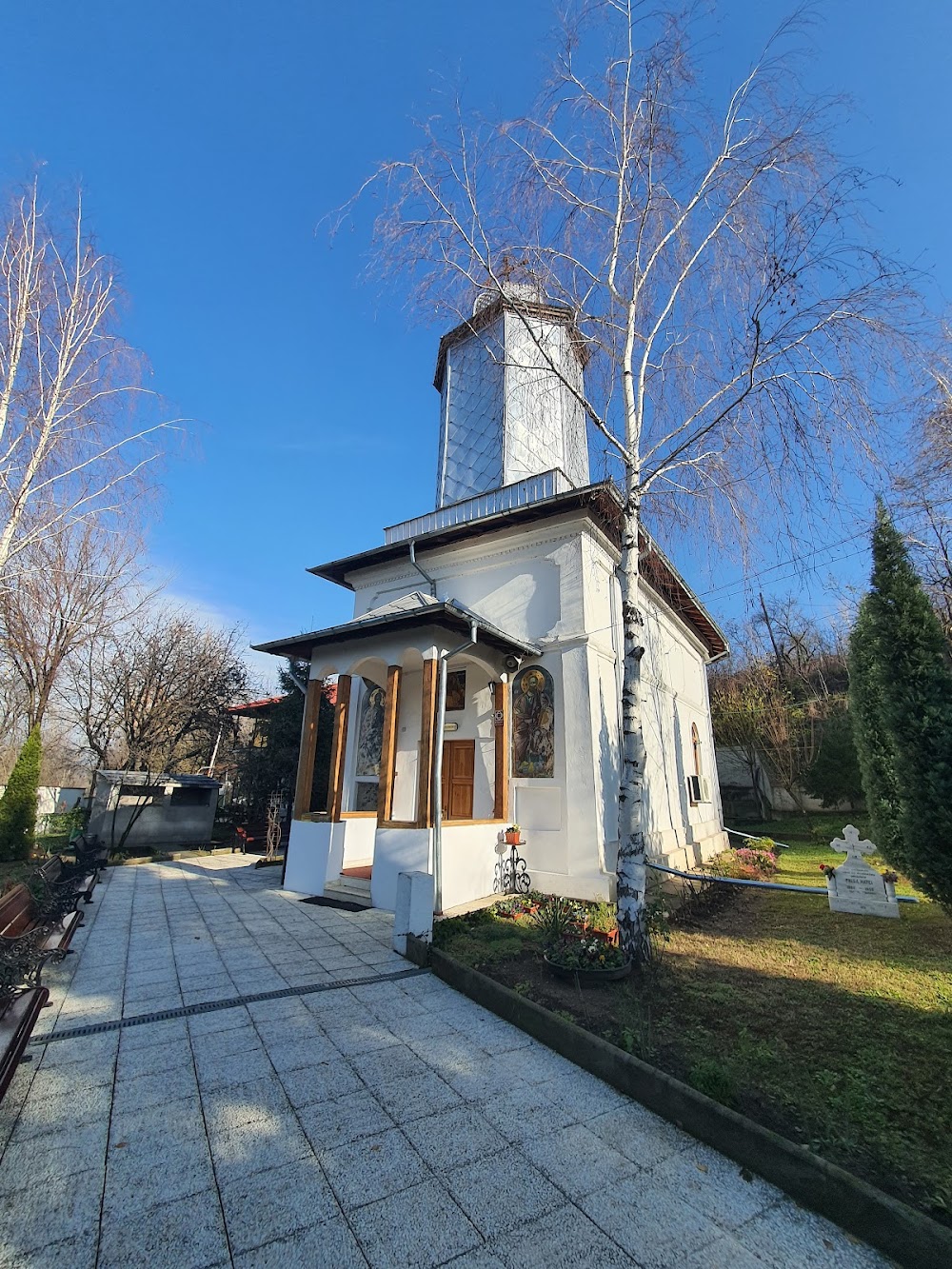Curtișoara Architectural Complex (Complexul Arhitectural Curtișoara)
Overview
Discover the Curtișoara Architectural Complex
Nestled in the picturesque Olt County of Romania, the Curtișoara Architectural Complex, affectionately known as CT Garden, is a hidden treasure that showcases the beauty of traditional Romanian architecture. This extraordinary site offers visitors a captivating glimpse into the country’s rich cultural heritage, inviting them to explore the essence of Romanian history through its meticulously preserved structures.
A Vision for Preservation
The journey of the Curtișoara Architectural Complex began in the mid-20th century, when visionary architects and historians sought to celebrate and preserve the architectural styles unique to the region. Their ambitious project involved relocating various historical buildings from across Olt County to Curtișoara, ensuring that each structure retained its original charm and authenticity. This careful effort has resulted in a remarkable collection that stands as a testament to Romania's architectural legacy.
Marvel at the Wooden Churches
One of the complex's most striking features is its collection of wooden churches, some dating back to the 18th century. Renowned for their intricate wood carvings and stunning frescoes, these churches were skillfully deconstructed at their original sites and meticulously reassembled within the complex. The engineering prowess and traditional craftsmanship displayed in this relocation process are nothing short of extraordinary.
Explore Peasant Houses
In addition to the churches, CT Garden showcases a variety of peasant houses, each reflecting the architectural diversity found throughout Olt County. From charming thatched-roof cottages to more elaborate homes with intricately carved wooden beams, these structures provide fascinating insights into the daily lives and skills of the peasants who once inhabited them.
Functional Buildings and Interactive Experiences
The complex also features functional buildings such as mills and blacksmith workshops, preserved in their working state to offer visitors an interactive experience. Guests can witness firsthand how grain was ground into flour at the mill or observe a blacksmith forging tools, just as it was done centuries ago. This hands-on approach brings history to life and deepens the appreciation for traditional craftsmanship.
Collaboration and Attention to Detail
Establishing the Curtișoara Architectural Complex was a monumental task that required the collaboration of historians, architects, and skilled craftsmen. Each building was meticulously chosen based on its historical significance and structural integrity, with every detail documented—from the type of wood used to specific construction methods. This dedication to authenticity ensures a faithful reconstruction of the complex's structures.
Creating a Reflection of Village Life
After relocating the buildings, the focus shifted to recreating an environment that mirrors the original villages from which the structures originated. Landscaping efforts included planting traditional Romanian flora, laying cobblestone pathways, and restoring ponds, all designed to reflect the natural beauty of Olt County’s countryside.
Modern Technology Meets History
One particularly fascinating aspect of CT Garden is its incorporation of modern technology to enhance the visitor experience. While the buildings remain historically accurate, augmented reality (AR) apps and interactive displays provide additional context and information. Visitors can utilize these tools to visualize how the buildings were once used, enriching their understanding and appreciation of Romania's architectural heritage.
Cultural Events and Community Engagement
Throughout the year, the Curtișoara Architectural Complex hosts a variety of cultural events, including traditional craft workshops, folk music performances, and seasonal festivals. These events attract both locals and international tourists, transforming CT Garden into a vibrant hub for cultural exchange and preservation.
A Living Museum of Romania's Legacy
The commitment to preserving the past while making it accessible and engaging for future generations is evident in every aspect of the Curtișoara Architectural Complex. More than just a collection of old buildings, it serves as a living museum where history comes alive, offering invaluable insights into Romania's architectural and cultural legacy.
CT Garden is a place where the stories of old seamlessly intertwine with the enthusiasm of today, creating an inspiring bridge between centuries. Whether you're a history enthusiast, an architecture aficionado, or simply looking to enjoy a beautiful day amidst historical settings, the Curtișoara Architectural Complex is sure to leave a lasting impression on your heart and mind.






